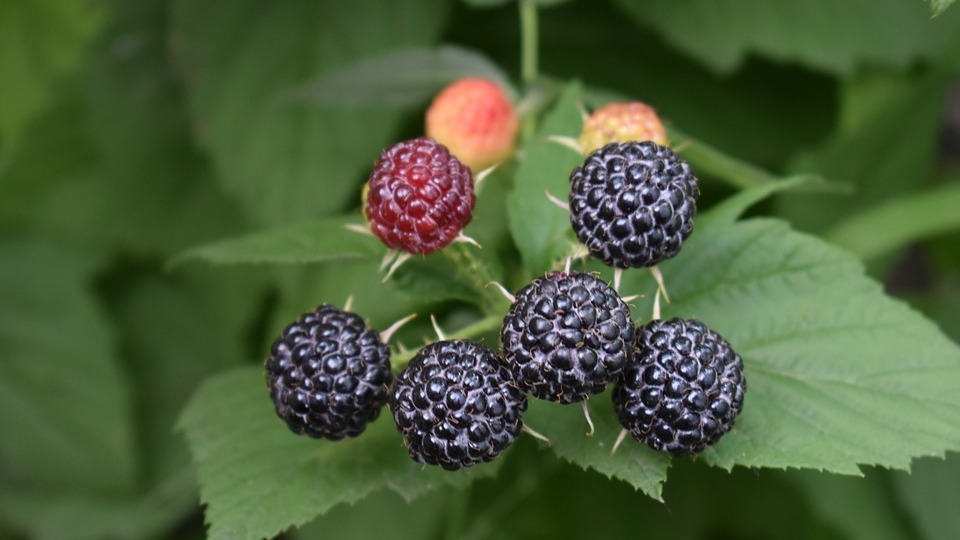Advantages of olive and lemon intercropping planting
Advantages of olive and lemon intercropping planting Tree associations, especially in agroecology, play an important ecological and productive role. Among
Read more
 Practical section on cultivation systems both in open fields and in apartments or in pots. The cultivation techniques are presented in an essential but very useful for some choices necessary for the success of the product you want to obtain. Particular attention is given to the biological methods of production and to essential concepts of agro ecology.
Practical section on cultivation systems both in open fields and in apartments or in pots. The cultivation techniques are presented in an essential but very useful for some choices necessary for the success of the product you want to obtain. Particular attention is given to the biological methods of production and to essential concepts of agro ecology.
Guido Bissanti
Advantages of olive and lemon intercropping planting Tree associations, especially in agroecology, play an important ecological and productive role. Among
Read moreAdvantages of olive and almond tree intercropping The arboreal association between olive (Olea europaea L., 1753) and almond (Prunus amygdalus
Read moreAdvantages of intercropping between vines and roses The association between plants, whether herbaceous or arboreal or shrubby, is a rather
Read moreAdvantages of intercropping between pear and Judas tree The association between the common pear (Pyrus communis L.) and the Judas
Read moreAdvantages of olive and fig tree companionship Some techniques of the past originated from ancient and consolidated observations that led,
Read moreHow to intercrop savory Mountain savory (Satureja montana L., 1753) is an aromatic perennial plant of the Lamiaceae family that
Read moreHow to intercrop radish The common radish (R. raphanistrum subsp. sativus (L.) Domin) is a vegetable plant of the Brassicaceae
Read moreHow to intercrop turnip The turnip (Brassica rapa L.) is a plant of the Brassicaceae family, widely cultivated as a
Read moreHow to intercrop the pea The pea (Lathyrus oleraceus Lam.) is an annual herbaceous plant of the Fabaceae family, native
Read moreHow to intercrop perilla Perilla (Perilla frutescens (L.) Britton) is an annual aromatic plant belonging to the Lamiaceae family widely
Read more